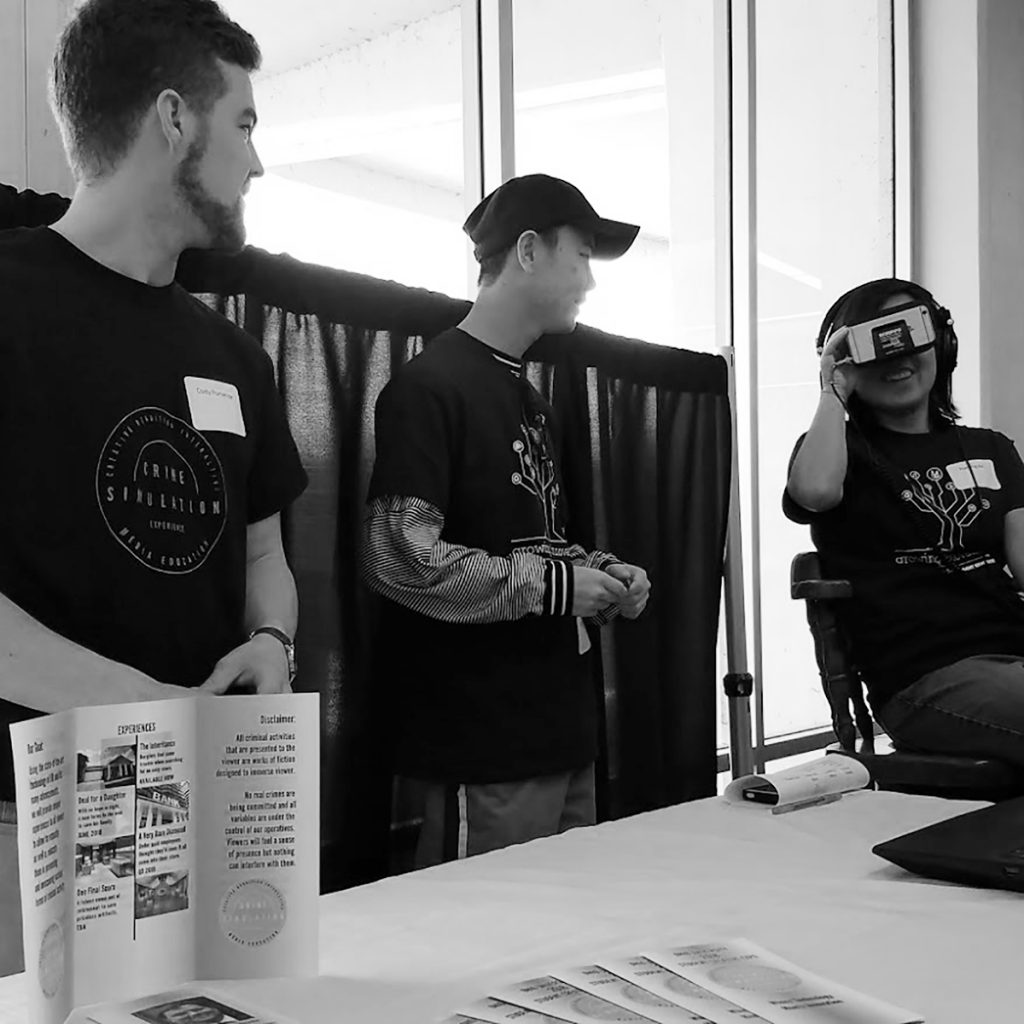This post is about the Toronto Kids Digital Festival including what I observed with my project and plans for improvements. For more information about Music [Sticky] Notes, please see that post here.
Music [Sticky] Notes Notes:
I loved seeing people play with this project. The space was so open, participants found ways to play in the space that I originally did not plan, including:
- Looking up musical notes on the Internet and working in teams to create songs with harmonies
- Creating songs overlapping other songs
- Two teams working on different halves of the wall
- Murals
- Text messages
- Dancing in front of the webcam to hear their sound
- Jumping through while people worked on a song
- Using the letter stickers above to see who could jump the highest
- Toddlers working on motor skills by bending, reaching, and sticking
- Toddlers color matching by cleaning up and organizing the space
- Parents and their children learning about and then testing blob detection with nearby objects
Music [Sticky] Notes Gallery:















Planned Improvements:
The video feed was only shown at the laptop – with the number of participants dancing in front of the webcam or trying to reach an object around to hear its sound, I plan on adding a second monitor to the front of the area so people can see it scan in real time.
Event Gallery:








Owen Lowery and participants work together to increase the data output for the capacitive/touch sensor in his Everything’s a Switch, Everything’s a Button workshop.
























